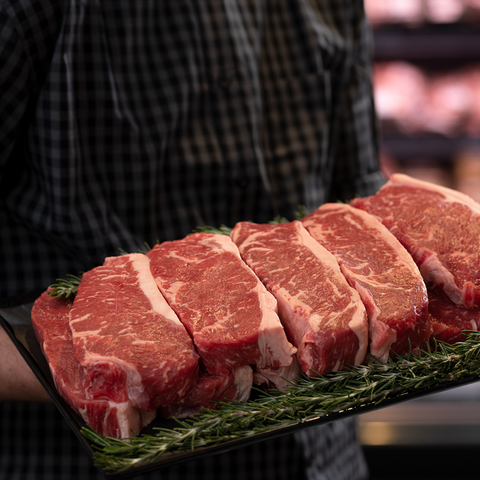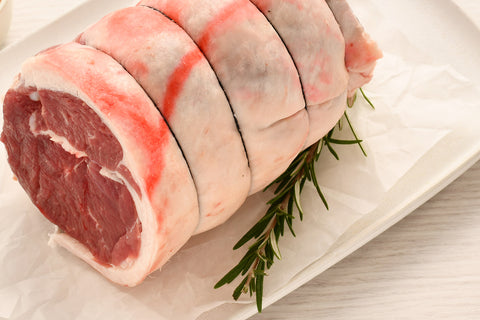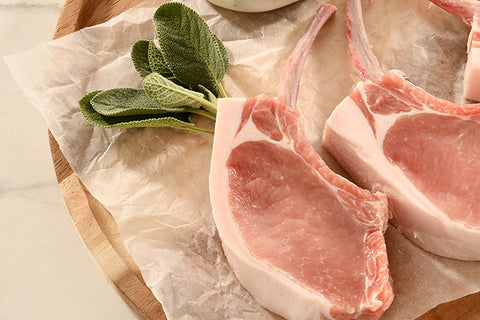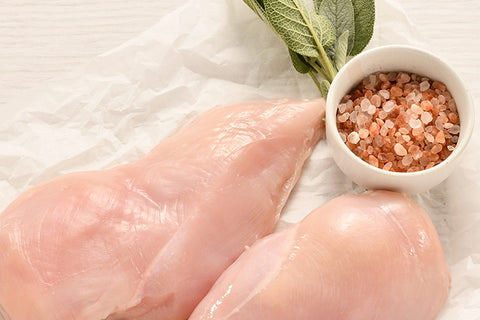Most meat aficionados will be familiar with this Japanese beef, but what makes wagyu so special?
For some, ‘Wagyu’ conjures up a vision of a fatty yet flavoursome cut of beef, while others will have visions of pampered cows being fed beer and listening to classical music
But let’s cut to the chase – what really sets Wagyu apart from the herd?
What is Wagyu?
Wagyu is a breed of beef cattle originating in Japan. Pronounced ‘wag-you’ , it literally means ‘Japanese cow’.
Wagyu cattle are significantly different to the traditional breeds of British, European and Bos Indicus cattle that have been bred in Australia for more than 100 years. They are medium-sized, hardy cattle with a great temperament and unique meat quality attributes.
Wagyu beef is popular around the world because of its superior eating quality compared with other breeds of cattle. Not only does wagyu beef have higher levels of intra-muscular fat, or marbling, but the meat texture is finer, resulting in a more flavoursome eating experience.
A ‘super beef’ of sorts, Wagyu beef is known for its marbled appearance and for being so tender it actually melts in your mouth.
Where does it come from?
In Japan, there are four genotypes that make up the Wagyu breed – Japanese Black, Japanese Brown, Japanese Shorthorn and Japanese Polled.
Originally, the Japanese used Wagyu as work animals, because of their robust stature and physical endurance. Over the years, the breed has become revered to the point that in 1997 the Japanese Government declared Wagyu as a national treasure and banned exports of the cattle to other countries.
However, some embryos and live cattle had already been exported from Japan to the US, from where Australia sourced their first Wagyu genetics in the early to mid-1990s. Since then, Australian producers have now grown their cattle numbers significantly, to the extent that Australia produces more wagyu cattle outside of Japan than anyone else.
Most of the beef from this production is now exported, with a proportion being consumed here in Australia where demand is also increasing.
What is so special about Wagyu beef?
Those in the know reckon Wagyu is unparalleled in its taste.
Its abundance of fat ensures a tender, juicy and flavoursome eating experience. The fat in Wagyu has a melting point lower than the human body temperature, which is what makes it melt in your mouth.
Myths abound of wagyu cattle being reared in veritable cow day spas, being fed gourmet food and drink, being massaged and even serenaded to produce better beef. While some producers do have unique ways of raising their wagyu, most are produced according to strict rearing guidelines. In Australia, most Wagyu cattle are fed on special rations to maximise the marbling.
To qualify for Wagyu certification in Japan, cattle have to be fed a special diet predominantly made up of grain, and bred on fattening farms where they’re given a name instead of a number.
Wagyu have longer lives than other beef cattle, which also significantly improves the flavour of the beef – Wagyu cows live for three years, whereas normal beef cattle live to about 15 months.
Best of all, Wagyu is not only mouth-wateringly delicious, it’s proven to be good for you, too. Wagyu comes packed with a higher concentration of monounsaturated fats (the good fats), omega-3 and omega-6 than other beef.
Wagyu is also high in conjugated linoleic acid, a naturally occurring fatty acid which is also a popular dietary supplement.
How to cook a Wagyu steak
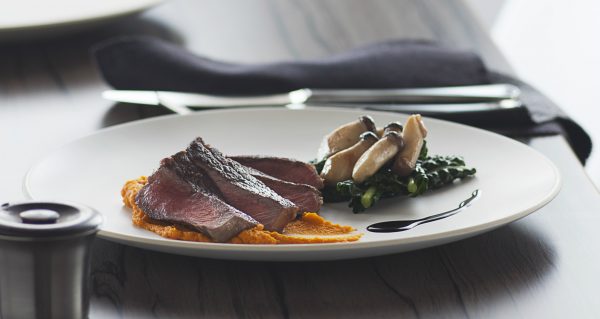
Step 1
Take the steak out of the fridge about an hour before cooking to allow it to come to room temperature. This allows the meat to relax. You can trim any excess fat from the steak at this point, if required.
Step 2
Preheat a non-stick pan or BBQ plate to a medium-to-high heat. No need to add oil or butter thanks to the high fat content.
Step 3
Apply salt and pepper to both sides of the steak. This will give the steak a caramelised outer layer when seared.
Step 4
Sear on each side to seal in the moisture. Cook for 2 to 3 minutes on each side, only turning once.
Step 5
Turn the heat down and continue to cook for desired doneness.
Step 6
Let the steak rest on a warm plate for five minutes, allowing the meat to relax and the juices to settle.
Step 7
Serve on a warm plate with your desired accompaniments.
